No tummy.
Always tight.
Custom-designed to fit octa & round softboxes without sagging - DoPchoice SNAPGRIDS® stretch evenly across such shapes for consistent, professional results every time.
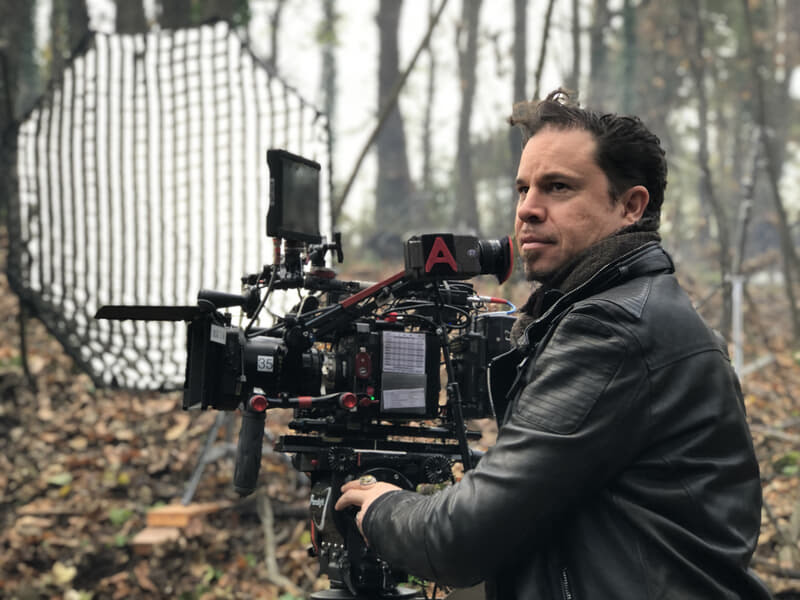
SNAPGRID®

FOR SOFTBOXES
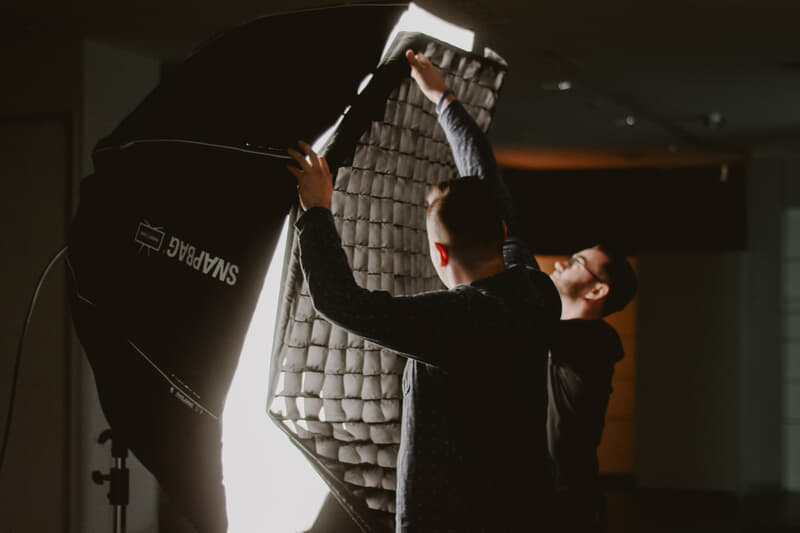
OCTA & ROUND
SHAPE YOUR SOFTNESS.
Precision control for circular and octagonal soft light.

When round or octagonal SNAPBAGS® are your go-to for smooth, flattering light, SNAPGRIDS® give you the directional control to shape it exactly how you want it. Designed specifically for SNAPBAGS®, they maintain softness while reducing spill and focusing output. Ideal for portrait, interview, and beauty lighting—on set or on location.

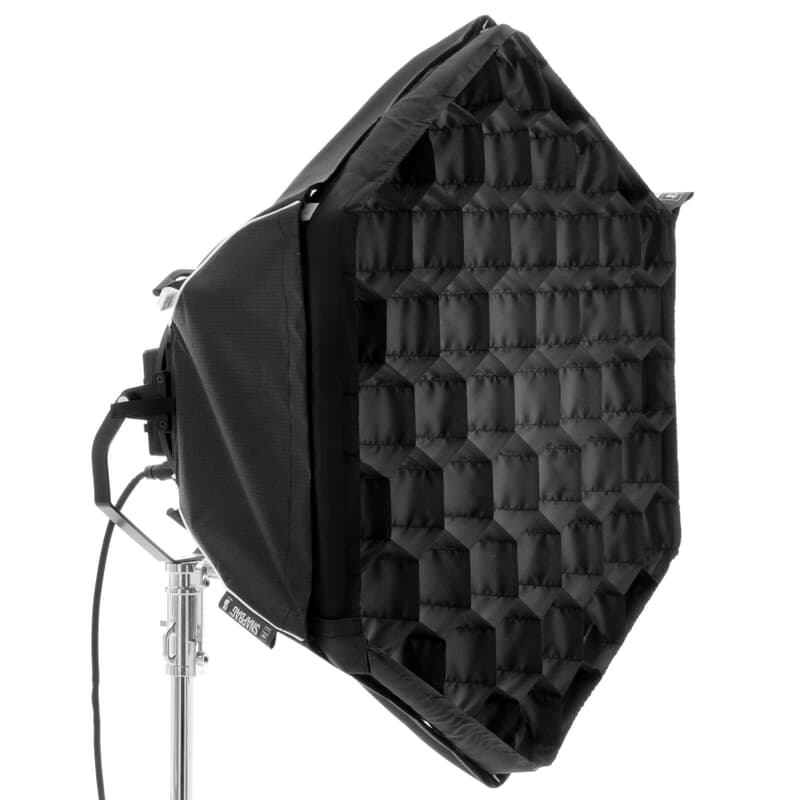
Custom-designed to fit octa & round softboxes without sagging - DoPchoice SNAPGRIDS® stretch evenly across such shapes for consistent, professional results every time.
Attaches quickly with built-in fasteners - no extra tools, no guesswork. These SNAPGRIDS® are ready to work, even in tight setups or fast-paced environments.
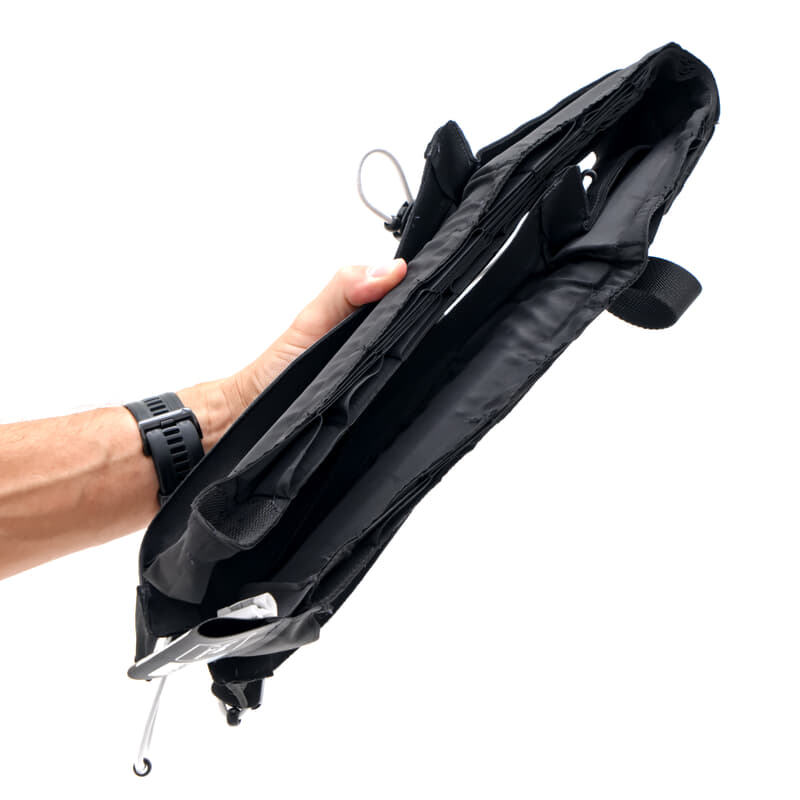
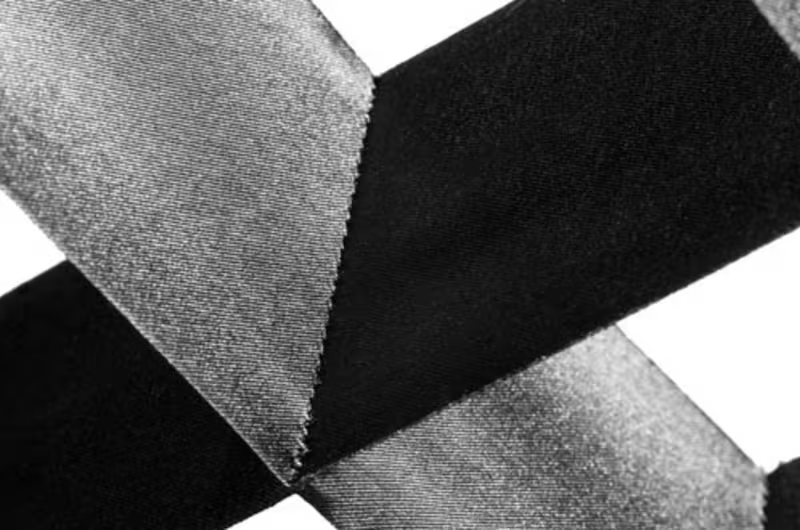
Crafted with high-quality fabric and reinforced stitching, these grids are made to withstand daily set life. Foldable, packable, and built to last.

Choose from 20°, 30°, 40°, 50° and our 30°/50° combo angles.
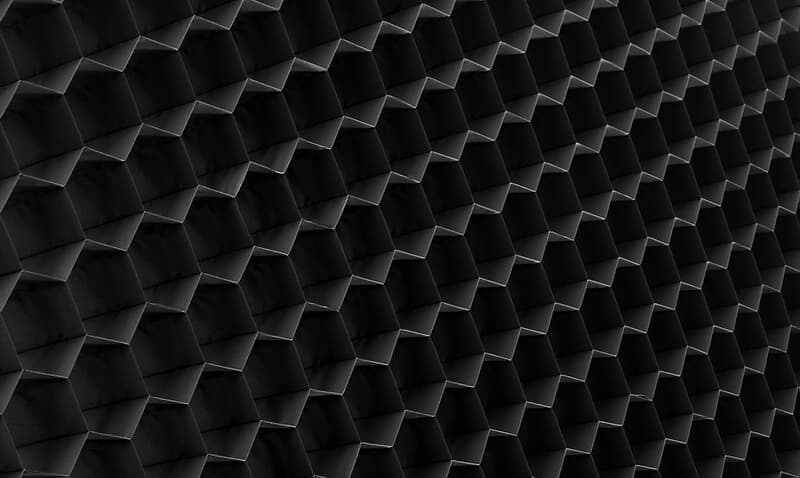
Both Octa and Round SNAPBAGS® with matching SNAPGRIDS® deliver beautifully soft light with gentle shadows, perfect for professional-quality results. The key difference lies in the shape of the catchlight and shadow character:
Octa: Offers a distinctive eight-sided catchlight that adds a subtle sculpting effect with slightly more defined shadows—ideal for portraits and cinematic lighting where depth and dimension bring your subject to life.
Round: Creates classic, smooth round catchlights and evenly soft shadows, making it a versatile choice for product shots, interviews, or any scene where you want consistent, flattering illumination.
Your choice comes down to the look you want to achieve—the artistic edge of Octa or the timeless softness of Round.
Frost Frame Grids and Octa SNAPBAGS® with SNAPGRIDS® offer distinct ways to control and shape your light, each designed to meet different creative needs:
FROST FRAME GRIDS: Mounted on a separate frame stand placed in front of your lighting fixture, these rectangular grids combine a frosted diffusion layer with a grid to reduce spill and focus your beam. They don’t shape light through a softbox but are perfect when you need soft, directional control without altering the light’s core quality. One disadvantage is that the frost frame reflects spill light backwards.
Octa SNAPBAGS® with SNAPGRIDS®: Engineered specifically for Octa softboxes, the SNAPGRID® features a square grid pattern inside the softbox that intensifies and sculpts the light before diffusion. This setup produces soft, dimensional shadows and the signature octagonal catchlight. Another major advantage is that the softbox and precisely dedicated SNAPGRID® prevent spill light from entering the scene.
Choose FROST FRAME GRIDS when you want to reduce spill in the directional light and achieve soft, directional light straight from your fixture. Opt for Octa SNAPBAGS® and SNAPGRIDS® when you’re aiming for beautifully sculpted intensified soft light with the iconic Octa catchlight.
The degree of a grid—like 30°, 40°, 50°—refers to the beam angle of the light that’s allowed to pass through the grid.
The Degree = Beam Spread
If you’re choosing one for your butterfly setup, think: how much spill can you afford?
Built from tough, precision-stitched fabric, these grids are made to endure the demands of professional sets—maintaining their shape, tension, and performance over time.
The degree is determined by the size of the cells in the grid, the depth remains constant on all our DoPchoice Grids.

BOX CELL Structure:
Pros:
Cons:
HONEYCOMB Structure:
Pros:
Cons:

SQUARE CELL Pattern:
Pros:
Cons:
RECTANGULAR CELL Pattern:
Pros:
Cons:
Disadvantages Interlocking system:
Advantages of the fully sewn cells in every DoPchoice Grid:
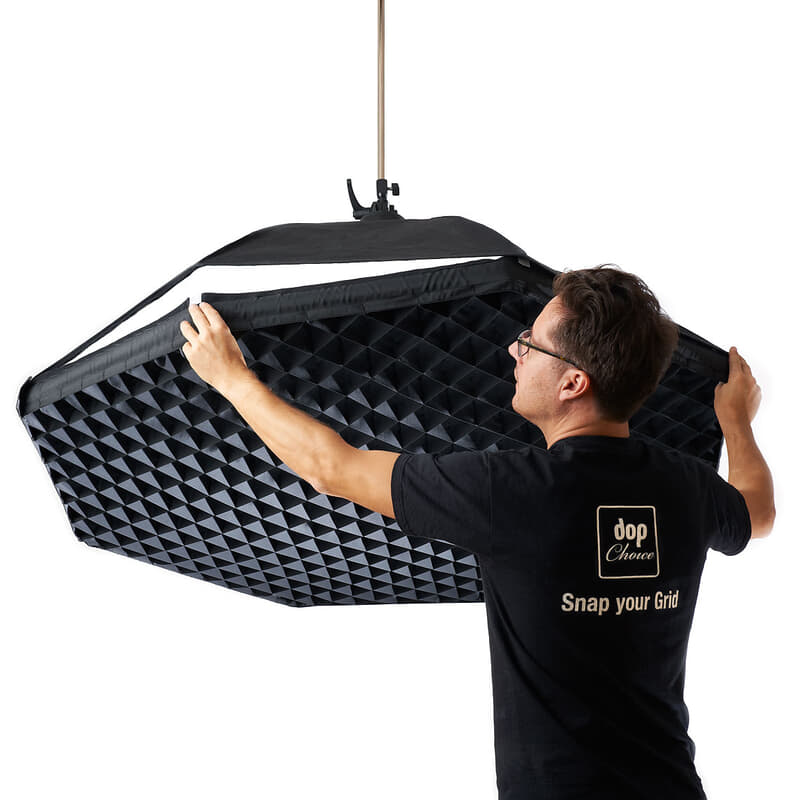
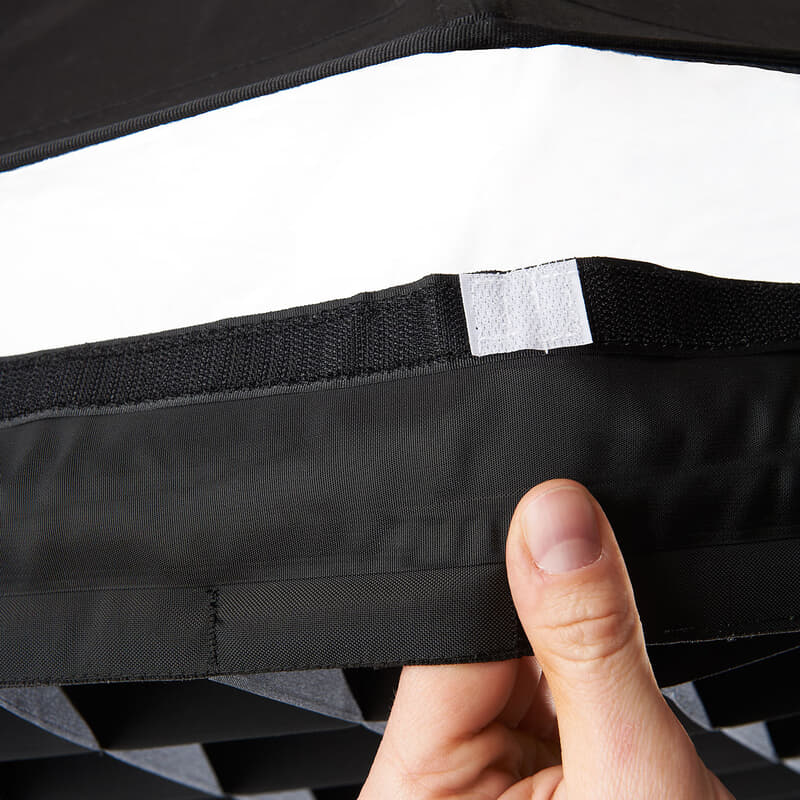

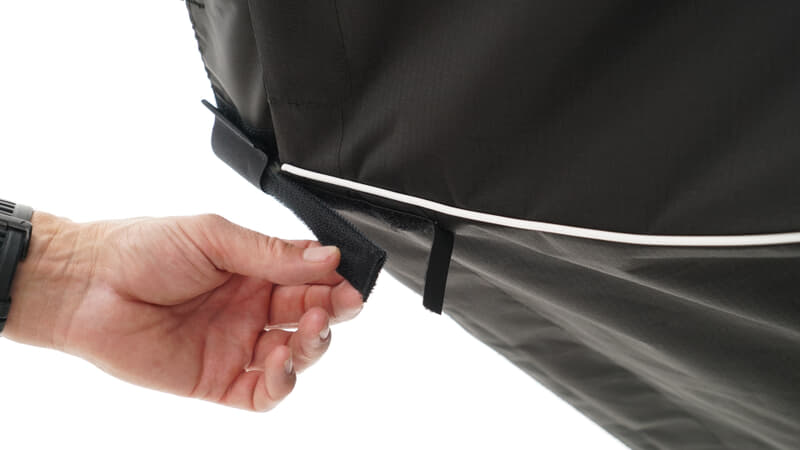
You know the challenge - round softboxes mean it’s easy to lose orientation when attaching your grid. That’s why every DoPchoice Octa SNAPGRID® features white-marked hook-and-loop corners. These simple visual cues make it faster and easier to find the correct alignment, saving precious time on set.
For the K5600 Kurve Softboxes DoPchoice offers custom-made clips, that ensure easy setup and perfect tension.
With large softboxes like the 8ft Octa, keeping the grid tight and sag-free is essential. That’s why DoPchoice adds extra Velcro fasteners in the corners of the SNAPGRID®. These hidden helpers create just the right tension to keep the grid perfectly stretched—no matter how big the setup.
4 Items Found
Filters